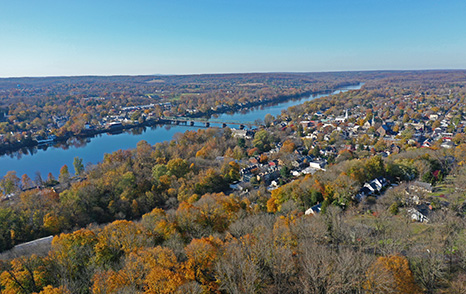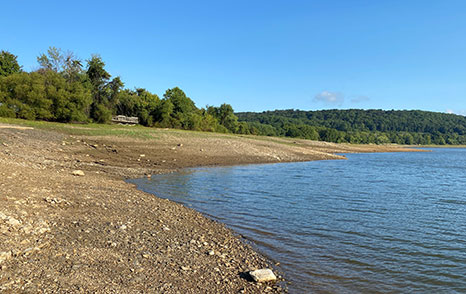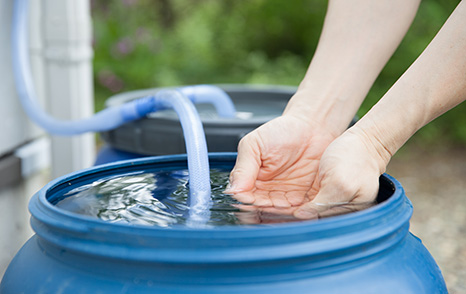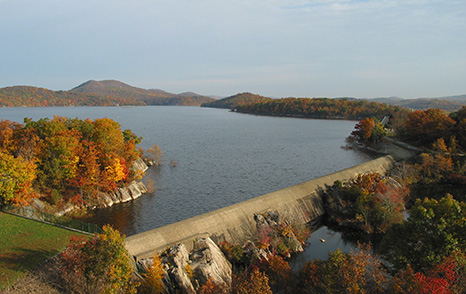
Drought Information
The Division of Water Supply and Geoscience within the Department of Environmental Protection, regularly monitors various water supply conditions within the state based on the different Water Supply Regions.
It should be noted that there are different types of droughts which affect sectors differently (e.g. meteorological, agricultural), this page focuses on water supply drought.
Though more typical precipitation patterns have emerged for much of New Jersey, the Coastal South region remains on a Drought Watch due to persistently drier than average Streamflow and Unconfined Groundwater. New Jerseyans statewide are encouraged to follow water conservation practices.
NJ Rainfall totals this week
Approximately 0-2.25″ inches of rain were observed between last week’s Drinking Water Supply Indicators (7/6/25) and this week’s (7/13/25).
NJDEP continues to monitor the situation closely, updating the indicators weekly, and keeping the public informed as conditions evolve.
Next Update: 7/23/25-7/24/25
Summer Water Conservation Guidance
- Water flowers and landscaping with water harvested in a rain barrel
- Use 30-50% less water with drip irrigation and micro-sprayers
- Only water when needed- 1 inch of natural rainfall each week suffices for most landscapes
- Purchase a water saving filter if you have a pool
- Cover your pool when not in use to reduce evaporation
- Avoid outdoor toys that require a constant stream of water
- Raise your lawnmower to at least a 3-inch elevation
- Use water from dehumidifiers and air conditioners to water plants
- Use native plants that need less water
- Group plants together based on water needs
Water Supply Status and Actions
Routine monitoring of water supply and meteorological indicators. All conditions normal.
Focus placed on voluntary reductions in demand through increased public awareness.
DEP Commissioner issues order urging public to voluntarily use water sparingly; DEP may issue orders to purveyors to manage supplies in most affected regions.
Governor orders mandatory restrictions on certain uses of water, usually phased in as conditions deteriorate.
The water supply conditions aid the Department in declaring the regions as being within one of the four stages of water supply drought, Normal, Drought Watch, Drought Warning, and Drought Emergency.





